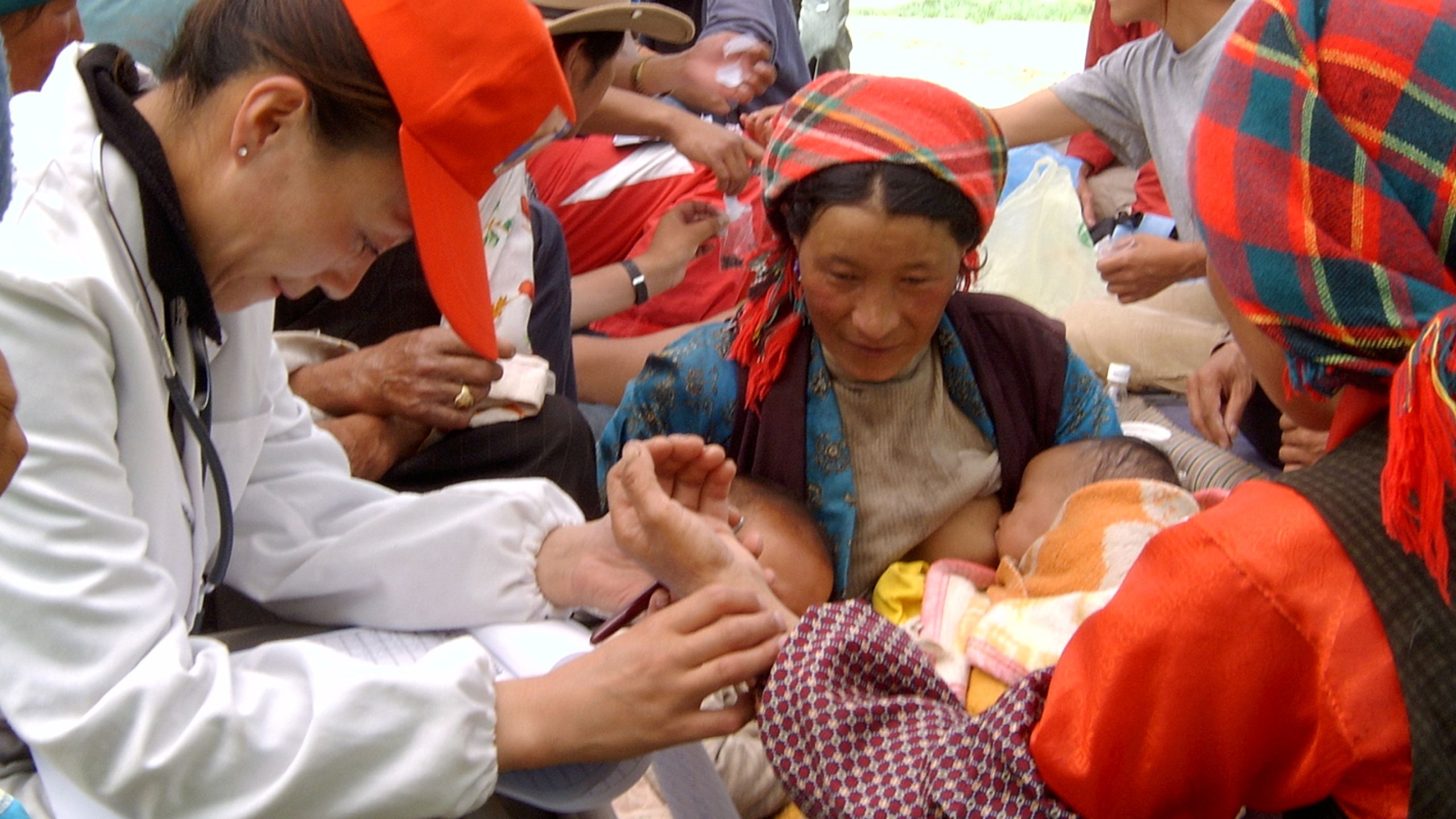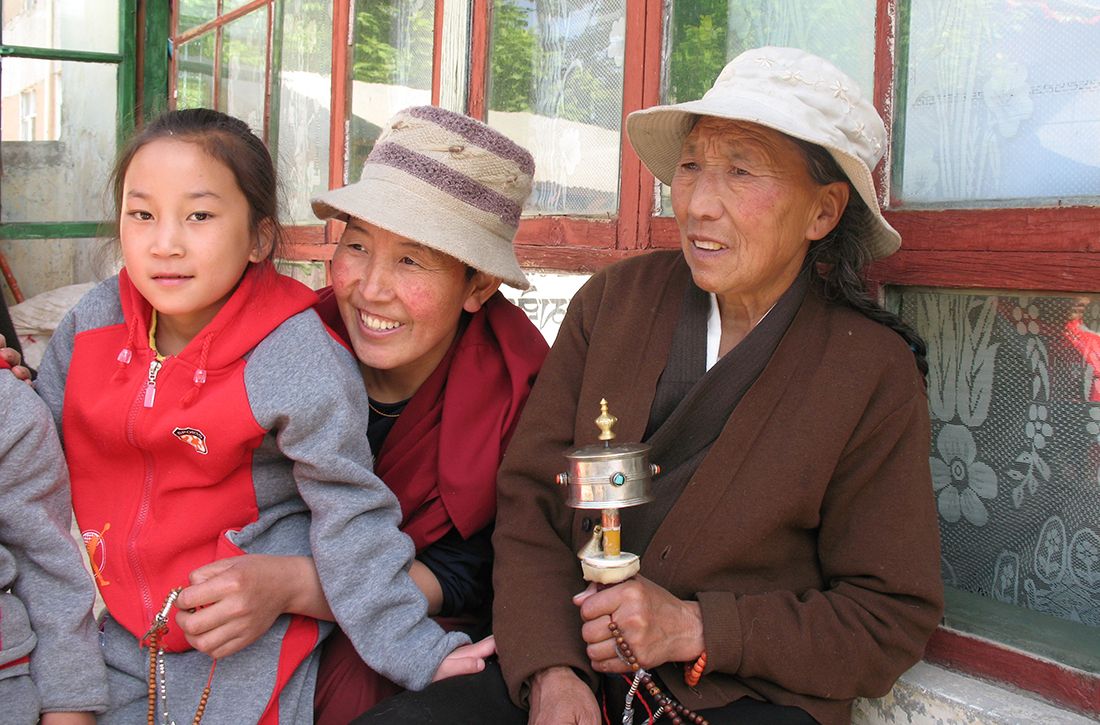The problem
Tibetans are facing a serious health crisis. Children are dying from common and preventable diseases such as pneumonia, diarrhea, and malnutrition. Potential solutions to these problems reside within the Tibetan community itself and with traditional Tibetan physicians. However, these traditional approaches are often overlooked or dismissed.
What Terma is doing
Terma emphasizes the use of Traditional Tibetan Medicine (TTM) principles and practices to advance culturally appropriate healthcare interventions. Terma’s health promotion team also works closely with TTM physicians, thus increasing our level of credibility and trust in rural communities. Joint initiatives between Terma and traditional medicine practitioners have greatly enhanced the effectiveness and the acceptability of health-promotion messages to Tibetans under Terma’s care. Additionally, herbs are also used in the TB program to lessen the side effects of the anti-TB antibiotics, as well as to decrease the liver inflammation in many schoolchildren with hepatitis B, also highly endemic in the population.
Terma’s TTM doctors adapt traditional Tibetan medical practices—for example, linking disease to environmental conditions and societal behavior—to the clinical care of children and adults in schools and villages. The familiar cultural perspective helps patients alter their behavior.
Terma also takes steps to promote the scientific and economic potential of traditional Tibetan herbs. Encouraged by pioneering research and development of TTM and western healthcare practices, Terma conducted a scientific survey of the efficacy of TTM herbal remedies as treatment for childhood diarrhea and respiratory diseases, two major causes of death in Tibet.

